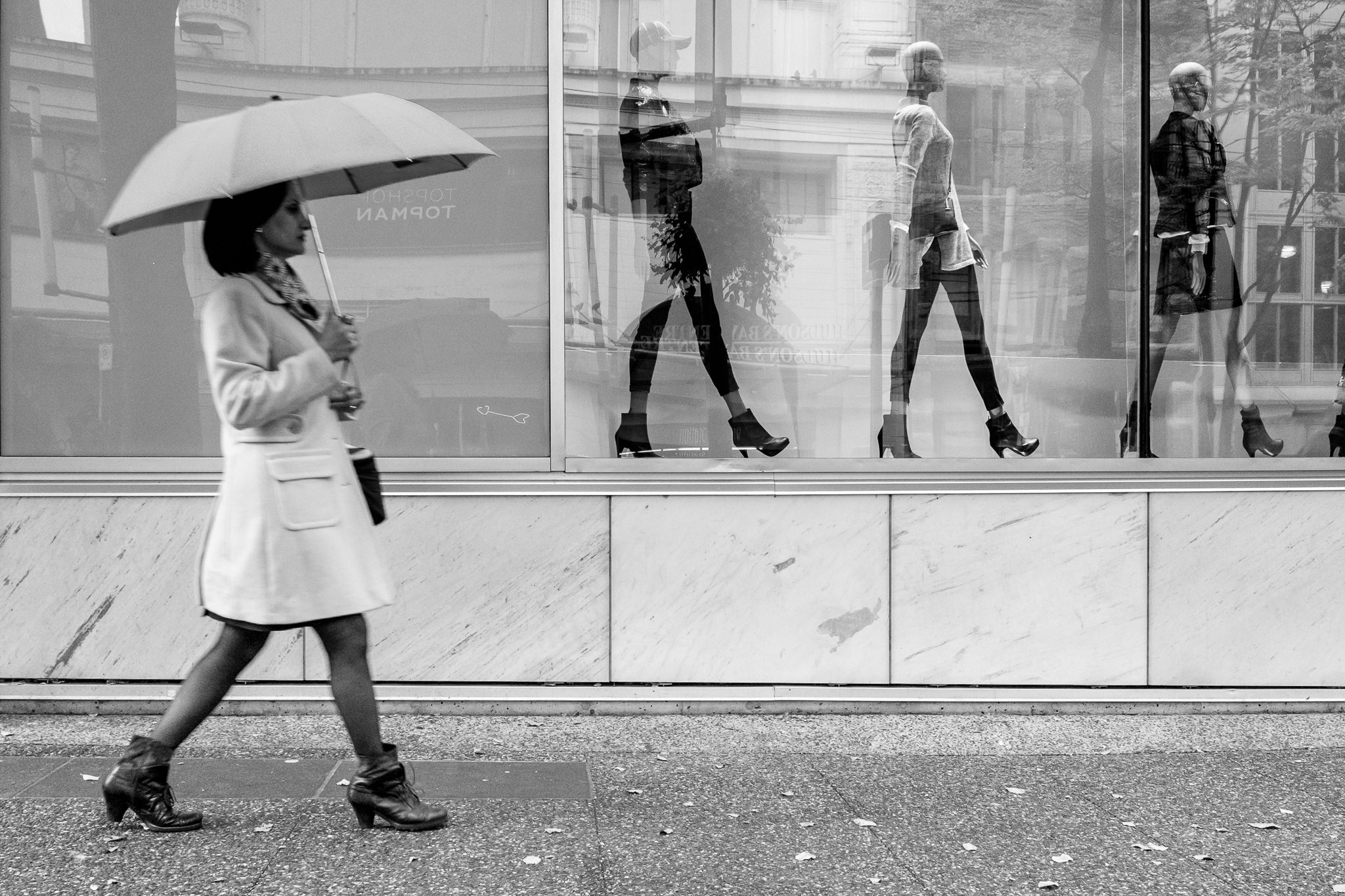The Of Framing Streets
Get This Report about Framing Streets
Table of ContentsLittle Known Facts About Framing Streets.More About Framing StreetsUnknown Facts About Framing StreetsAll About Framing StreetsNot known Factual Statements About Framing Streets Things about Framing Streets
, typically with the purpose of catching photos at a crucial or touching minute by mindful framing and timing. https://www.pubpub.org/user/david-turley.
Unknown Facts About Framing Streets
Susan Sontag, 1977 Road photography can concentrate on individuals and their actions in public. In this respect, the street professional photographer resembles social docudrama digital photographers or photojournalists that additionally operate in public locations, yet with the purpose of recording newsworthy events. Any one of these digital photographers' photos might record individuals and residential property noticeable within or from public areas, which usually requires browsing moral concerns and laws of privacy, security, and residential property.
Depictions of day-to-day public life develop a category in almost every duration of world art, starting in the pre-historic, Sumerian, Egyptian and early Buddhist art periods. Art managing the life of the street, whether within views of cityscapes, or as the leading motif, shows up in the West in the canon of the Northern Renaissance, Baroque, Rococo, of Romanticism, Realism, Impressionism and Post-Impressionism.
The smart Trick of Framing Streets That Nobody is Discussing
Louis Daguerre: "Blvd du Temple" (1838 or 1839) In 1838 or 1839 the very first picture of figures in the street was videotaped by Louis-Jacques-Mand Daguerre in one of a set of daguerreotype sights taken from his workshop home window of the Blvd du Holy place in Paris. The second, made at the elevation of the day, reveals an uninhabited stretch of street, while the various other was taken at about 8:00 am, and as Beaumont Newhall reports, "The Boulevard, so frequently filled up with a relocating bunch of pedestrians and carriages was perfectly solitary, except a person that was having his boots combed.
Subsequently his boots and legs were well defined, but he lacks body or head, because these were in movement." Charles Ngre, waterseller Charles Ngre. https://445msov26n7.typeform.com/to/G0aYLLMd was the first digital photographer to attain the technical refinement required to register people in motion on the street in Paris in 1851. Digital Photographer John Thomson, a Scotsman collaborating with reporter and social her latest blog activist Adolphe Smith, published Street Life in London in twelve regular monthly installments starting in February 1877
Some Known Incorrect Statements About Framing Streets
Eugene Atget is pertained to as a progenitor, not due to the fact that he was the initial of his kind, however as a result of the popularisation in the late 1920s of his record of Parisian streets by Berenice Abbott, that was motivated to embark on a comparable documentation of New York City. [] As the city created, Atget assisted to promote Parisian streets as a worthwhile topic for digital photography.

The Facts About Framing Streets Revealed
Martin is the very first videotaped professional photographer to do so in London with a masked camera. Mass-Observation was a social research study organisation started in 1937 which aimed to videotape everyday life in Britain and to tape the responses of the 'man-in-the-street' to King Edward VIII's abdication in 1936 to marry divorce Wallis Simpson, and the succession of George VI. The principal Mass-Observationists were anthropologist Tom Harrisson in Bolton and poet Charles Madge in London, and their very first record was generated as guide "May the Twelfth: Mass-Observation Day-Surveys 1937 by over two hundred onlookers" [] Home window cleaner at Kottbusser Tor, Berlin, by Elsa Thiemann c. 1946 The post-war French Humanist College photographers found their subjects on the street or in the restaurant. Andre Kertesz.'s extensively appreciated Images la Sauvette (1952) (the English-language version was entitled The Definitive Moment) advertised the concept of taking a photo at what he described the "definitive moment"; "when kind and web content, vision and structure merged right into a transcendent whole" - sony a9iii.
A Biased View of Framing Streets
The recording device was 'a surprise cam', a 35 mm Contax concealed under his coat, that was 'strapped to the breast and connected to a lengthy wire strung down the appropriate sleeve'. His work had little modern effect as due to Evans' sensitivities regarding the creativity of his project and the privacy of his topics, it was not published up until 1966, in the publication Several Are Called, with an introduction composed by James Agee in 1940.
Helen Levitt, after that a teacher of young kids, linked with Evans in 193839. She documented the transitory chalk illustrations - Street photography that were component of youngsters's road culture in New York at the time, in addition to the kids that made them. In July 1939, Mo, MA's brand-new digital photography section included Levitt's operate in its inaugural exhibitRobert Frank's 1958 book,, was considerable; raw and often indistinct, Frank's pictures questioned traditional digital photography of the moment, "tested all the formal policies set by Henri Cartier-Bresson and Pedestrian Evans" and "contradicted the wholesome pictorialism and heartfelt photojournalism of American publications like LIFE and Time".